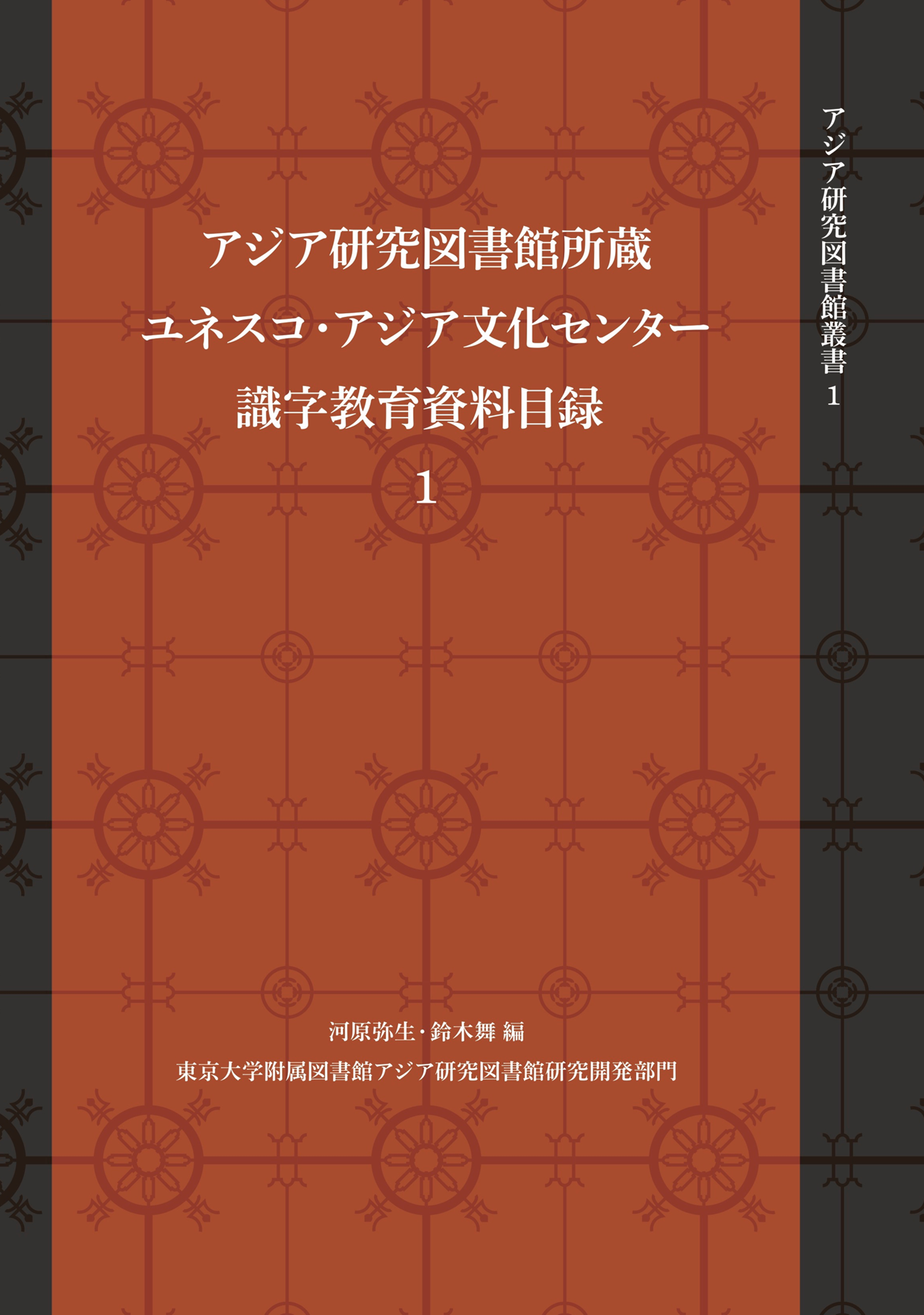
Title
Toshokan ga tsunagu Asia no chi (The Library as the Hub of Knowledge in Asia - Classification for Supporting and Advancing Research in Asian Studies)
Size
228 pages, 127x188mm
Language
Japanese
Released
April 10, 2020
ISBN
978-4-13-003602-3
Published by
University of Tokyo Press
Book Info
See Book Availability at Library
The University of Tokyo Asian Research Library opened its doors on October 1, 2020. This new research library is located on the fourth floor of the university’s hub library, the general library, on the Hongo campus.
This library is operated through the collaborative effort of multiple departments. As much as was allowed, a rich collection of Asian research materials located in various libraries at the University of Tokyo were gathered and brought to the general library so that they could be more widely utilized. A further aim is to have the library serve as a site for fostering new research on Asia via human interactions as well as its collection, which transcends academic specialties and affiliations.
Prior to the opening of the library, the Uehiro Project for the Asian Research Library (U-PARL), the editor of this book, was established in 2014 through an endowment by the Uehiro Foundation on Ethics and Education. The purpose of the project was to support the realization of the Asian Research Library from the standpoint of specialists in Asian studies.
One of the major issues faced by U-PARL with the opening of the Asian Research Library was how to organize the collection—in other words, how to classify and arrange the materials on the library’s open stacks. The considerations resulted in the Asian Research Library Classification Table, which is one of the two major subjects of this book. This book is simultaneously a collection of papers reconsidering related topics, with the aim of providing detailed explanations from a variety of perspectives concerning the classification and arrangement of books and materials.
This book has two parts. The first half, Part I, comprises three papers and three “columns” written by current and past members of U-PARL, and one of the founders of the Asian Research Library. Chapter 1 includes valuable testimony from persons who were involved with the Asian Research Library from the beginning. Here, readers will learn about when and how the library’s concept arose, and from what ideas and intentions it came to be realized.
In Chapter 2, the author notes that the hegemonic structure of modern knowledge also exists in Orientalism, which seeks to define “Asia/the Orient” and its classifications of knowledge. The author further demonstrates the possibility of new Asian studies and classifications using a new variable, an interdisciplinary framework of knowledge.
Chapter 3 presents an explanation of the Asian Research Library Classification Table, which was created under the leadership of U-PARL, while also referring to the opinions and insights of library experts and outside researchers. Already an exemplary standard, the Nippon Decimal Classification (NDC) whereby books are organized by topic, is still in existence. Surprisingly, however, no method is in place which can serve as a standard for classification and arrangement of library books under a different logic—for example, the language in which the book is written, the area or region the book deals with, etc. The question then arises as to how bookshelf classification is performed for Asian studies’ materials held at other representative libraries. Part I thus includes columns that showcase such classification and arrangement systems at the Tokyo University of Foreign Studies (TUFS) Library, the Asian Resources Room of the Kansai-kan of the National Diet Library, and the Library of the National Museum of Ethnology (Minpaku).
Part II is a collection of four papers from experts who are not U-PARL staff. These works discuss classification of Chinese classics, management of automated storage, automatic classification applied to educational technology, and classification prospects for the future, respectively. At first glance, their titles may appear to be similar to a general library and information sciences (LIS) textbook. In fact, these sections are varied and thorough, and the reader will enjoy a rich abundance of ideas and suggestions from specialists who offer a variety of expertise. Specifically, the research fields of the respective writers are as follows: Chinese classical literature, library systems, natural language processing/education technology, and LIS/terminology. This book is highly recommended for those who are broadly interested in Asian studies and libraries in general.
(Written by TOKUHARA Yasuhiro, Project Assistant Professor, Uehiro Project for the Asian Research Library / 2020)



 Find a book
Find a book



